Creativity is about possibilities not probabilities. It’s about the process, not the product. Creativity is a key factor in a successful life since it is a component of problem solving. As a parent, you can help set the stage for your children’s success using these tips to develop and enhance their creativity.
1. Broaden Opportunities.
Creativity is not limited to the Arts and their associated skills. Creativity is a part of everyday life. For example, if you needed a rubber band and didn’t have one, you would brainstorm possibilities and options. Then you would use one of those options. As you broaden the scope of creativity, you will also need to expand the learning environments for children. Introduce them to a variety of people, places, things, and circumstances to maximize their understanding of the world around them.
2. Provide a Creativity Space.
Keep it simple! Creativity and creative solutions are often a result of working with what you have on hand. Keep in mind that necessity is the mother of invention (and creativity.) Create an area that contains a few books about the “interest of the moment” as well as a few supplies for “make do” things. For example, rather than always building with purchased blocks, save cardboard boxes and other items for your children to use instead. Shoeboxes, small jewelry boxes, empty plastic coffee canisters, and powdered creamer canisters work well while prodding the children’s imaginations.
3. Make Time for Creativity.
Life gets busy but it is very important for children to get fun, self-structured, creative, free time every day. For many children, and adults, this is quality “Me time” when there is no hurrying or stress. Their minds and imaginations can just go where they will. When possible, children should choose the time for themselves. However, if the children are young and in school all day, the first hour they are home may be the best time. They get to relax while their minds process what they learned and they get time to do something they enjoy.
4. Invite Questions.
Children, especially young children, are full of questions that usually start with how, why, when, who, what, does, will, can, etc. Yes, the constant stream of questions can be annoying at times, but keep smiling and answering them. Remind yourself that as long as the children are asking and answering questions, they are learning how to be creative and successful. Once children can write, you may want to use a special notebook where questions, ideas, answers, images, and options are written down and shared. This could be very helpful as the children grow older, especially when documenting data, progress, or results.
5. Encourage Trial and Error Experiments.
Trial and error is a wonderful way for children to discover what works and what doesn’t. It gives them firsthand experience in gathering and evaluating data as well as making predictions based on background knowledge. Because this type of experimentation is a learning experience, adults should not consider an error to be a wrong answer. An “error” is simply data that helps rule out a possible solution. Encourage children to use the new information to re-evaluate the options.
6. Praise Efforts.
Creativity is not about being right or wrong but about the experience as a whole. It’s about the children’s dedication to the process and the information learned. Your objective praise and positive attitude boost children’s self-confidence and encourages them to continue forging ahead. “I see that you added a lot of details in your picture,” and “I see you are thinking this problem through carefully,” are examples of positive objective praise that encourage without judging. If this is method of praise is new to you, consider making a list of examples that you can alter according to the situation.
7. Stimulate the Senses.
Creativity is often affected by one or more of the senses. Your senses are always turned on and your brain is constantly processing their signals. Sometimes these signals trigger an emotion, memory, mental image, or idea, which in turn can aid in creative thinking and problem solving. Ideally, physical trips to new places and events provide the greatest amount of stimulation. You could visit a museum, park, bakery or any place that triggers the senses.
8. Fuel the Imagination.
Many things can fuel or inspire imaginations, from physical items and experiences to mental images and memories. However, something that jumpstarts imaginations like nothing else is questions, and one question in particular – “What if.” The question often includes a change of some sort in a story plot or event, color, method, etc. While providing interesting tools and items in a creativity area is a must, also teach children to question, create, adapt, and invent new scenarios or solutions. To do this, ask open-ended questions that hav no “right” answer. “What if” and “how could” questions can help to prompt for details and encourage children to come up with complex thoughts.
9. Promote Independent Thinking.
Independent thinking is based on an individual’s personal preferences, perspectives, and experiences. To lay this important foundation, encourage children to think, make choices, and problem solve for themselves, without depending on others for approval or ideas. For example, give children limited choices. Respect/accept these choices. Teach them to entertain themselves without television or related electronic devices. Children should be able to enjoy their own company while doing things that promote creativity and imagination.
10. Model Creativity.
Even if you don’t feel that you are particularly creative, you can be a good role model for your children. They don’t expect perfection from you. They simply need to see you creating something. A few examples could be cooking/baking, painting, gardening, writing, restoring cars, refinishing furniture, building birdfeeders, etc. The key is to focus on the fun and the process of the activity rather than the product itself.
Children are naturally creative. They use their primal critical and creative thinking skills as they explore and try to understand the world around them. So, children come “creative-ready.” To take them to the next level, implement a few of these tips to help develop and enhance their creativity.
Here’s a wonderful book that can help parents raise creative children (just click on the cover to learn more about it):

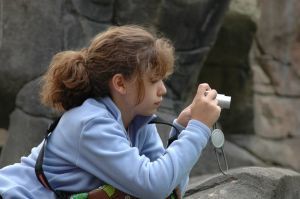
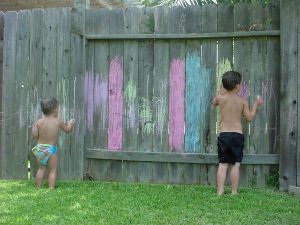
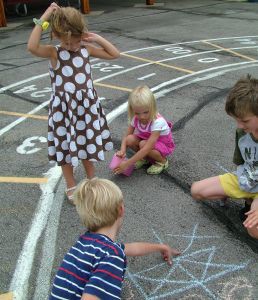

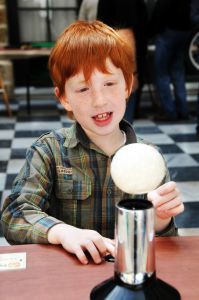
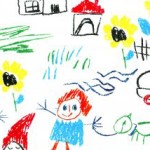


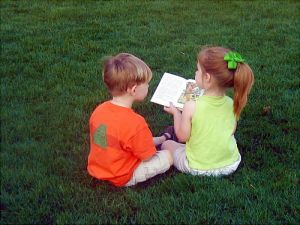
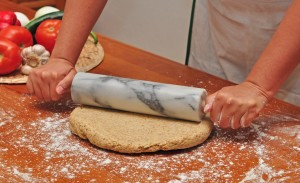




This is a very comprehensive list with just the right amount of parental involvement
Thanks,
Gwynn Torres
The Creativity Institute